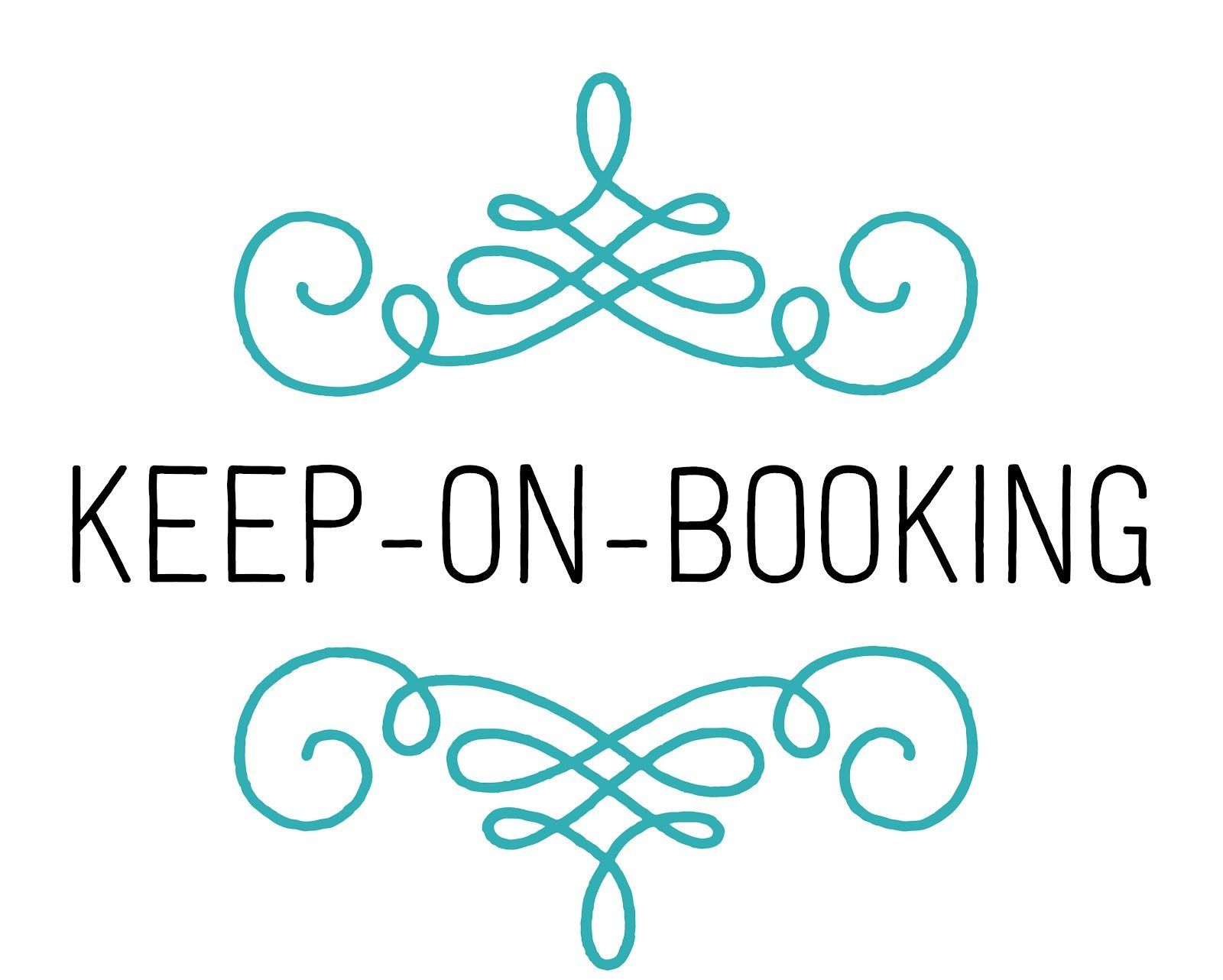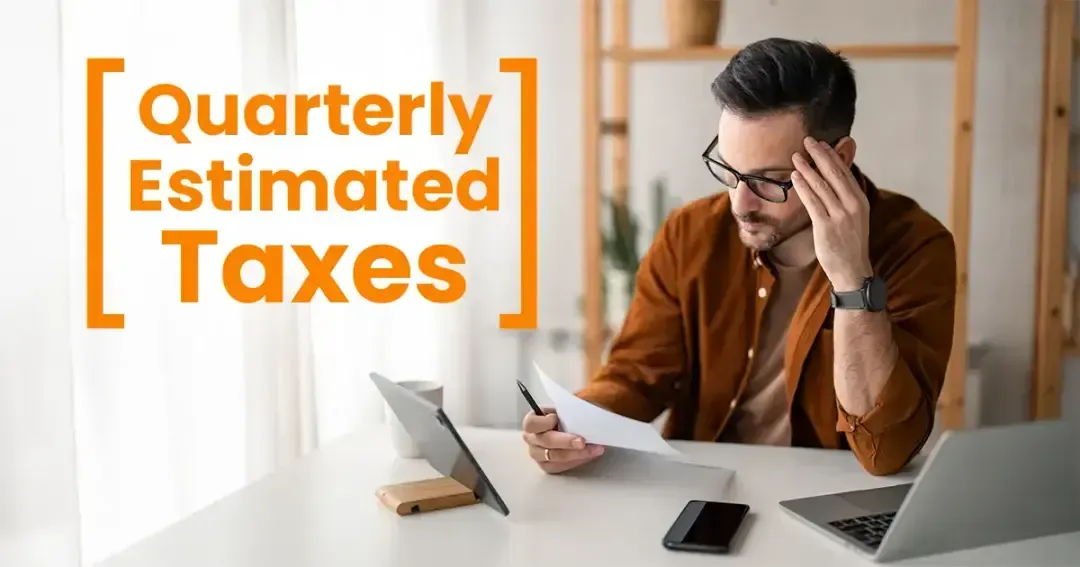How Do You Pay Yourself as a Business Owner?
How Do You Pay Yourself as a Business Owner?
As a business owner, you deserve your fair share of your own profits. However, the specific logistics of taking your "cut" can be a little challenging to understand. Paying yourself as a business owner depends on the type of business entity. Below, we will review two common ways business owners can pay themselves:
Owner's Draw
An owner's draw is also called a draw on profits. It is not a salary. Sole proprietorships, partnerships, and LLCs often use owner's draws. There are no rules about when and how much you can take as a draw. In fact, you can take a draw as often as you'd like, or as rarely.
It is called a draw because it is a withdrawal from your equity in the company. This means your draws cannot exceed your equity in the company. If you have a partner, you have to keep track of each person's share so that you can keep your draws under the limit.
Owner's draws are subject to a self-employment tax of 15.3%. This can add up quickly at the end of the year, so it's important to set aside some of your income for your year-end tax liability. If this is your primary income, you may want to look into making estimated payments to help reduce the burden at tax filing time.
Salary
If your business is an S Corp or C Corp you should pay yourself a salary. This is legally required if you work in the business. Also, the "reasonable compensation" rule governs S Corps. This means your salary has to be comparable to somebody else doing the same job in your industry.
In this case, your company pays taxes on profit and you pay taxes on, and only on, your salary. Your company will now cover the employer portion of payroll taxes, leaving you covering the employee portion. This can save you quite a bit in taxes depending on your profit.
Deciding How Much to Pay Yourself
It can be a challenge to decide how much you should consider paying yourself as a business owner. How much can your company afford? How much can you afford? And as an S-Corp, can you consider it as reasonable compensation?
If you are unsure of where to start, reach out to us for a free consultation.
Keep on Booking is based out of Lincoln, Nebraska, but provides exceptional booking and accounting services in Nebraska, Colorado, New Mexico, and Arizona.




